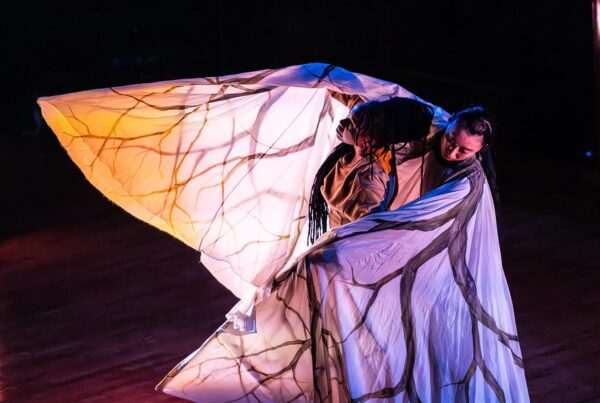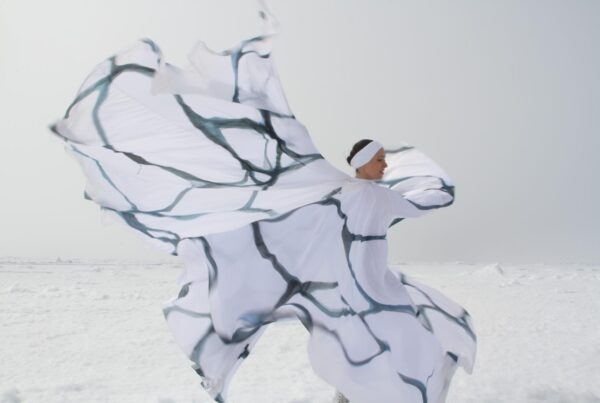
Leader Anne Klaeysen spoke to the Washington Post about the ethics of modern mountain climbing, including how climbers should consider the sacredness of many mountains to indigenous peoples:
The chain is still installed on Uluṟu, and you can technically climb it. But just because you can doesn’t mean you should. Klaeysen says that indigenous people like the Aṉangu have sacred landmarks that they hold in the same respect as is given to Western churches, mosques and synagogues. To climb Uluṟu is like climbing over a church’s pews, altars and religious texts. She suggests outsiders visit sacred sites like Uluṟu with empathy.
“To have empathy means to put yourself in the position of someone whose sacred site is being desecrated,” Klaeysen says. “This is serious.”
Anne also touched on the responsibility climbers have to the workers who risk death to assist them, often for meager wages:
Every climbing season, the Sherpas are responsible not only for guiding and feeding customers but also taking on a majority of the risky heavy lifting required to facilitate the climbing. They fix ropes and ladders along the route to the peak, carry and distribute oxygen tanks up the mountain and set up camps. All of this prompts the questions: Should humans continue to climb it? Can we justify the risk to the Sherpa people alone?
“I don’t think it can be justified personally, not at all,” Klaeysen says. Foreign climbers “need to have some recognition for these people who are taking care of them. And understand that the reason they’re doing it is because Sherpas need to make money.”
Read the full article at the Washington Post.
(Photo: Washington Post/iStock)







